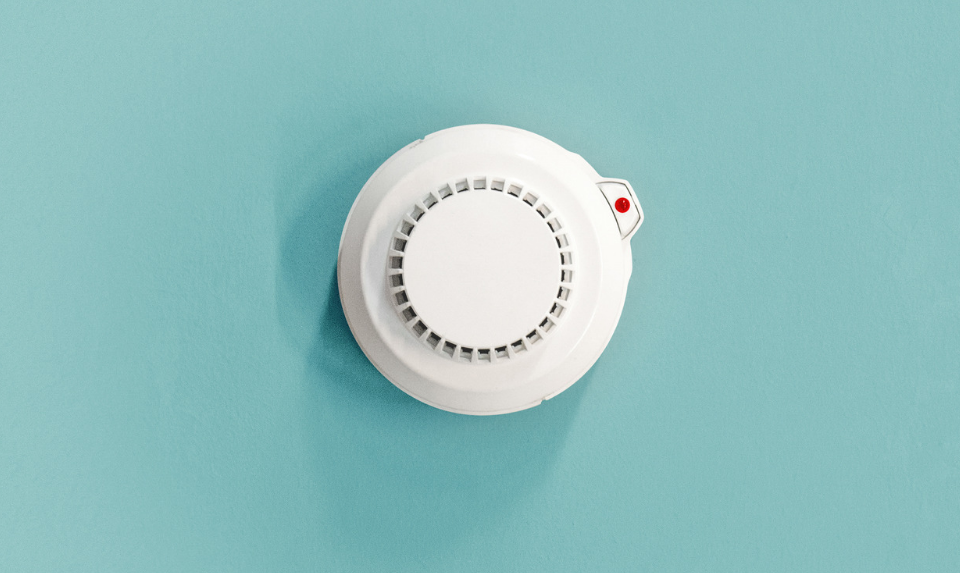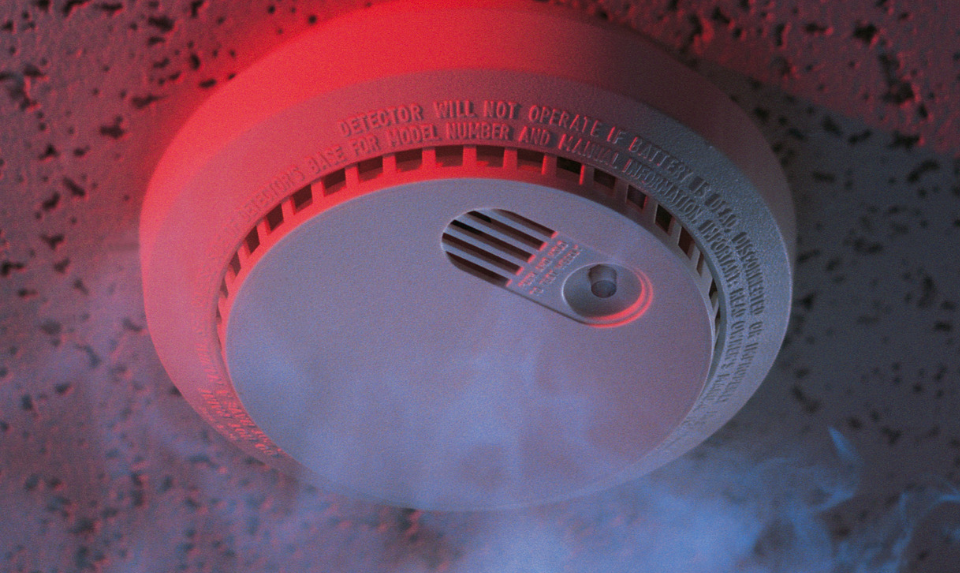According to the National Fire Protection Association (NFPA), just about two-thirds of U.S. household fire deaths were caused by fires in homes with:
• No smoke alarms
• Working smoke alarms with old or lost batteries
Whether it’s a household situation or in a business, the range and preservation of an early warning system are important to save lives and reduce property loss.

Smoke alarms have to be located on each level of your residence and outside of every sleeping area. If bedroom doors are closed, supplementary alarms should be situated inside the bedrooms, as well. Given that smoke rises, the equipment should be on the ceiling at least four inches away from the nearby wall and away from drafts from windows or air ducts. As always, ensure to follow the manufacturer’s setting up instructions and confirm all codes and compliance with your local authority. That might include your building inspector, fire marshal or insurance bureau.
There are two broad types of fire alarm systems; heat detectors and smoke alarms. Knowing the differences among the variety of fire alarms available is vital to matching a suitable product to the application.
Types of Fire Alarms:
Heat Detectors:
Heat detectors are the oldest among the types of fire alarms. Heat detectors feature a detecting part inside the unit that triggers when it reaches a programmed fixed temperature or when a specific increase in temperature has come about. Heat detectors are best suited for:
- Applications where detection pace is not a prime consideration or where ambient situations would not permit the use of a smoke detector
- Fire detection in small, limited spaces where hastily burning, high heat fires are anticipated
Heat detectors have a lower false alarm rate, but they are also slower than smoke detectors in detecting fires. Studies have shown that heat detectors are not as efficient as smoke detectors in detecting fires in inhabited homes.
Smoke Alarms:

Smoke alarms will perceive most fires more quickly than heat detectors. There are at present three types of smoke alarms on the market: ionization, photoelectric and combination ionization/photoelectric.
An ionization smoke alarm contains a small amount of radioactive substance. The radiation passes through an ionization compartment which is an air-filled gap among two electrodes and permits a tiny, steady current connecting the electrodes. Any smoke that enters the hole absorbs the alpha particles, which reduces the ionization and interrupts this current, triggering the alarm. This sort of alarm responds best to fast raging fires.
Photoelectric smoke alarms activate using a light source, a light beam collimating method and a photoelectric sensor. When smoke enters the optical chamber and crosses the trail of the light beam, some light is scattered by the smoke particles, directing it at the sensor and thus trigger the alarm. This type of alarm responds best to dawdling smoldering fires.
Combination smoke alarms attribute both ionization and photoelectric technologies. Ionization smoke alarms react faster to high energy fires, while photoelectric detectors react better to low energy smoldering fires. The NFPA recommends the use of both smoke alarms in the home for the best protection.
Smoke Alarm Power Sources
Smoke alarms also differ in how they are turned on. 9-volt battery-operated smoke alarms are very trendy due to low pricing, on the other hand, care must be taken to restore the battery on a habitual basis.
Smoke alarms are also accessible in 120 volts and a 10 year rated lithium battery. Many local or state building codes may need 120 volt unified smoke alarms with a battery back-up in case of power failures. The unified feature allows all smoke alarms to be connected together. This is especially significant in multi-levels homes or in buildings. Smoke alarms with high power strobe lights are also offered for the hearing impaired.
Regardless of the types of fire alarms selected, the proper setup and maintenance of the device are critical. Follow all Manufacturers directions for placement and maintenance. The NFPA suggests battery substitution at least once a year on battery capable units and a monthly detector test to confirm the alarm function. Many users utilize daylight saving time in the spring and the fall as a cue to replace batteries.
